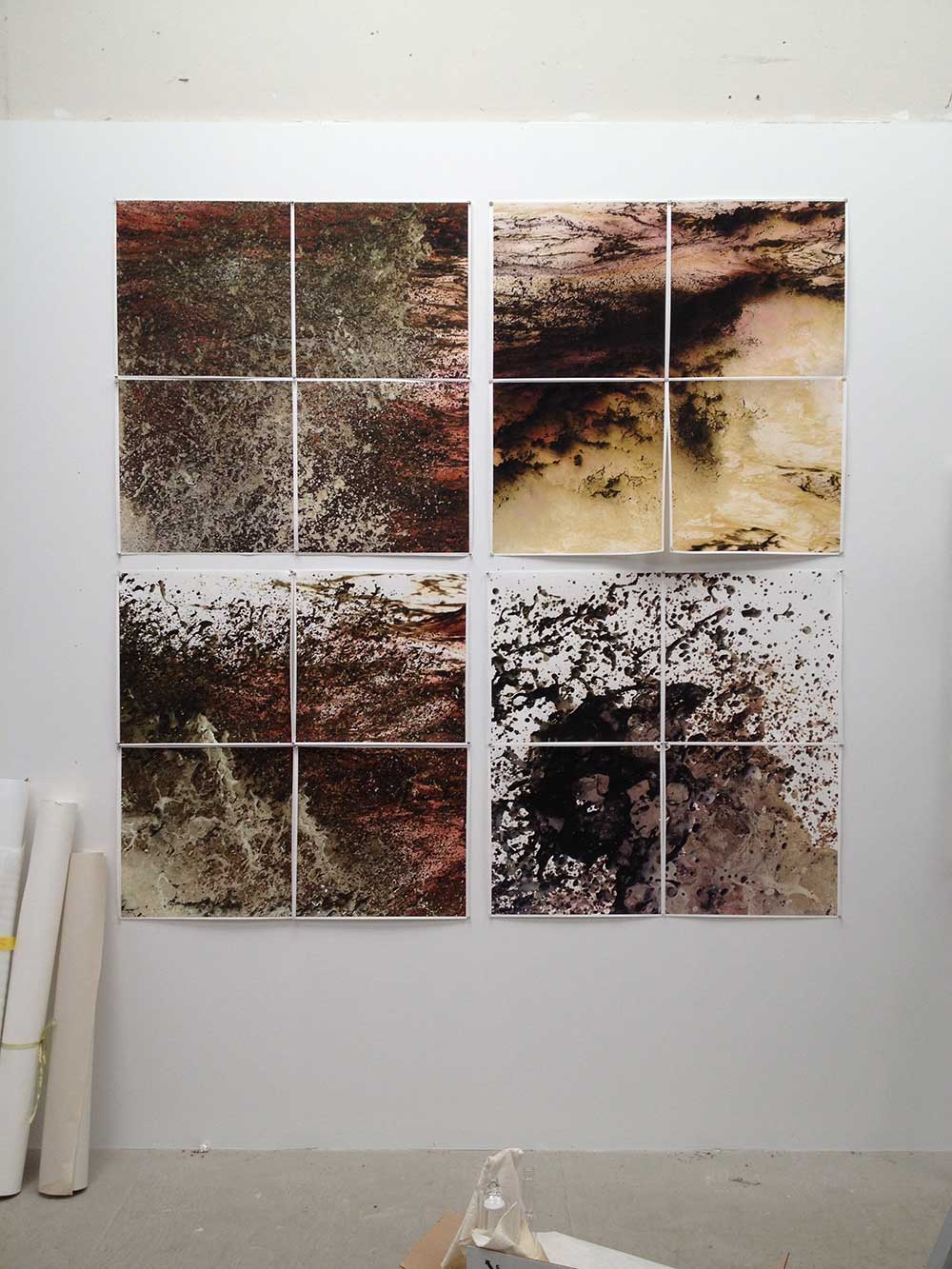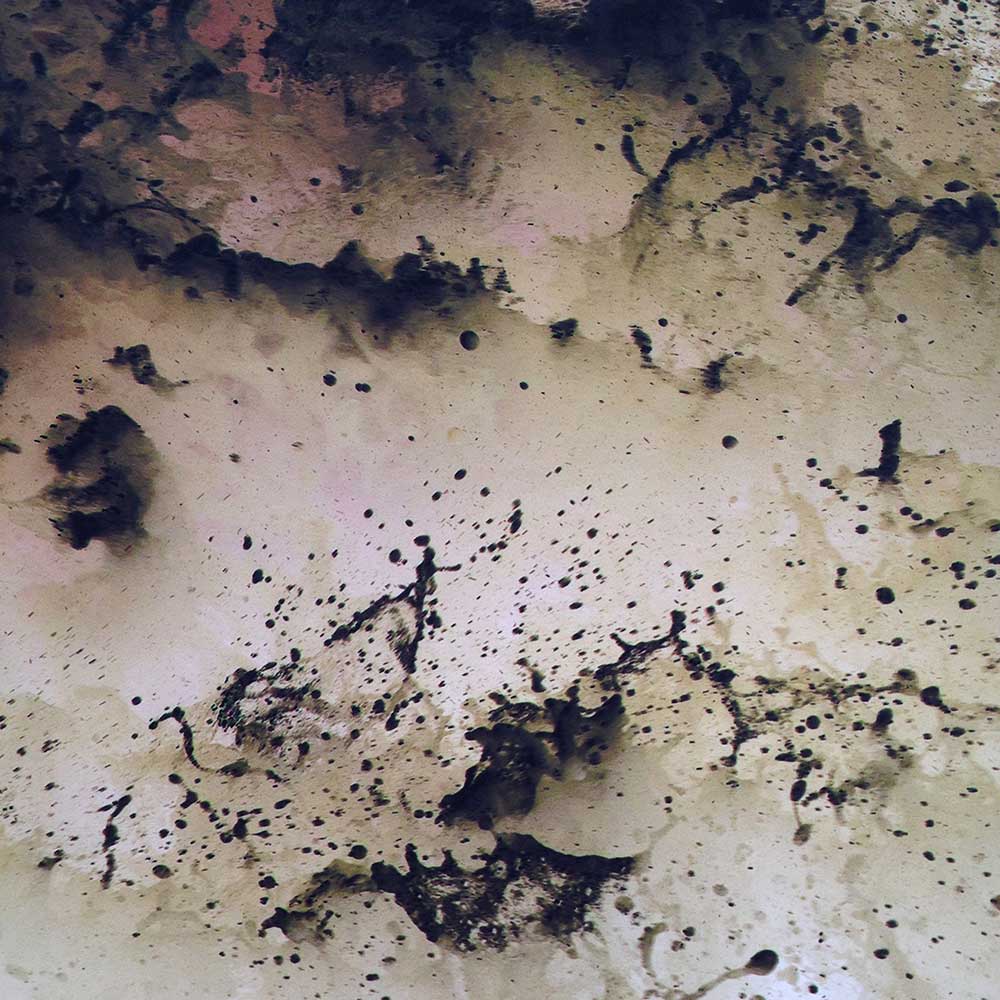This small stretch of coastal Pacific is part of the Greater Farallones National Marine Sanctuary, and according to the NOAA (National Oceanic & Atmospheric Association), this part of the Pacific experiences three seasons, rather than the four seasons of nearby terrestrial life. They are, with short descriptions:
Winter Storm: December–February. Storms from the north and west build enormous swells and bring winter squalls. Coastal waters are at their coldest.
Upwelling: March-August. Brisk spring winds churn up cold, nutrient-rich waters from the deep ocean, and sunlight sparks photosynthesis in microscopic sea plants.
Oceanic: September–Novermber. The winds slow or reverse direction, the ocean ‘relaxes,’ upwelling ceases, and warm surface waters shift back toward the coast.
In August of 2015, I was photographing along the coast, and caught a splash in the corner of a frame. I was knocked out by the crazy fluid dynamics happening in mid space. I’d watched waves crashing thousands of times (I grew up on Long Island Sound), but had never seen this level of detail that my camera had caught. Madness, ecstasy, geeky physics! I started photographing waves regularly, and finally stopped in June of 2016, with thousands of photos to sort through. I didn’t realize it at the time, but I’d photographed through all three seasons.
In printing these collisions of ocean with shore, I found that my mind glazed over, that the detail was sometimes lost in familiarity of “crashing wave.” When I made a simple negative reversal of the color, it was easier to see what was happening. And similarly, if I broke the image up, it caused a different kind of looking, one where a quick assembly of the image was difficult, but the details were prominent in all their glory.
Sometimes, when I show these images to people and explain the reasons for reversing the color and dissecting the image, I’m met with skepticism. And then I show a whole photo of a blue wave crashing, and it’s immediately clear. Somehow, the familiar becomes invisible. When we’re not entirely sure what we’re looking at, we see with fresh eyes. We look.
I ended up making huge waterfalls with these images, knitting dozens of them together. The hues and the mysterious landscape-like shapes reminded me of ancient ink brush paintings. But now I’m back to thinking about the details of the disintegrating wave, the close-up of that moment when water becomes sky. Not sure where it’s going yet…


“Madness, ecstasy, geeky physics!”: the title for your mid-career retrospective exhibition.